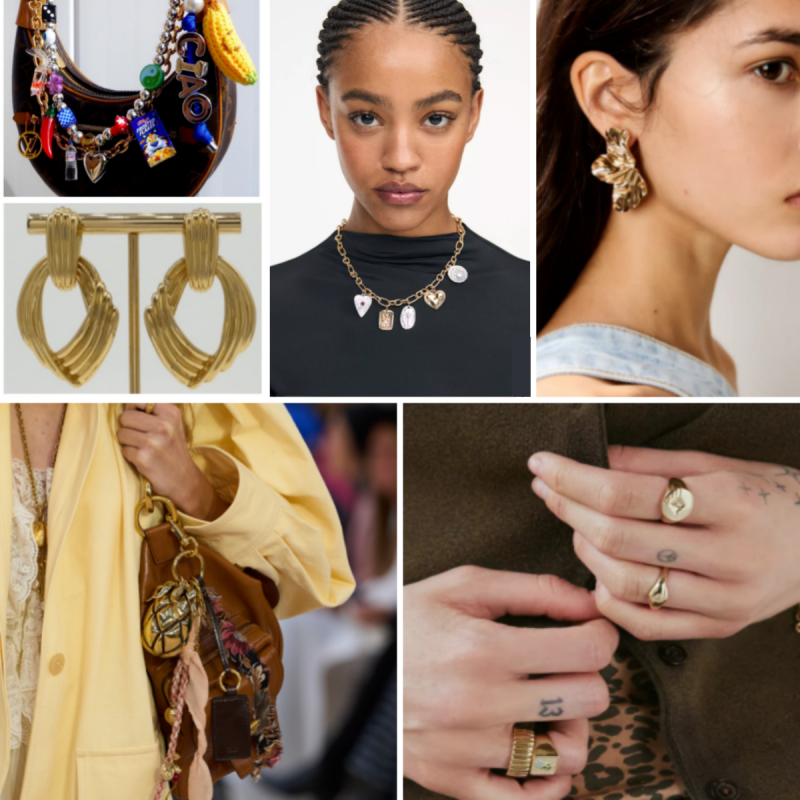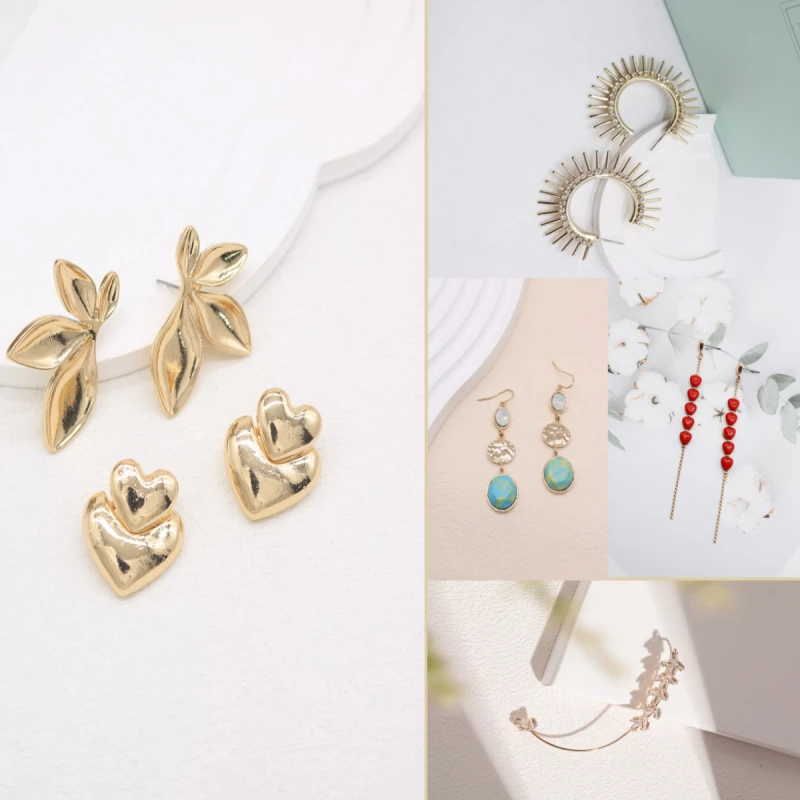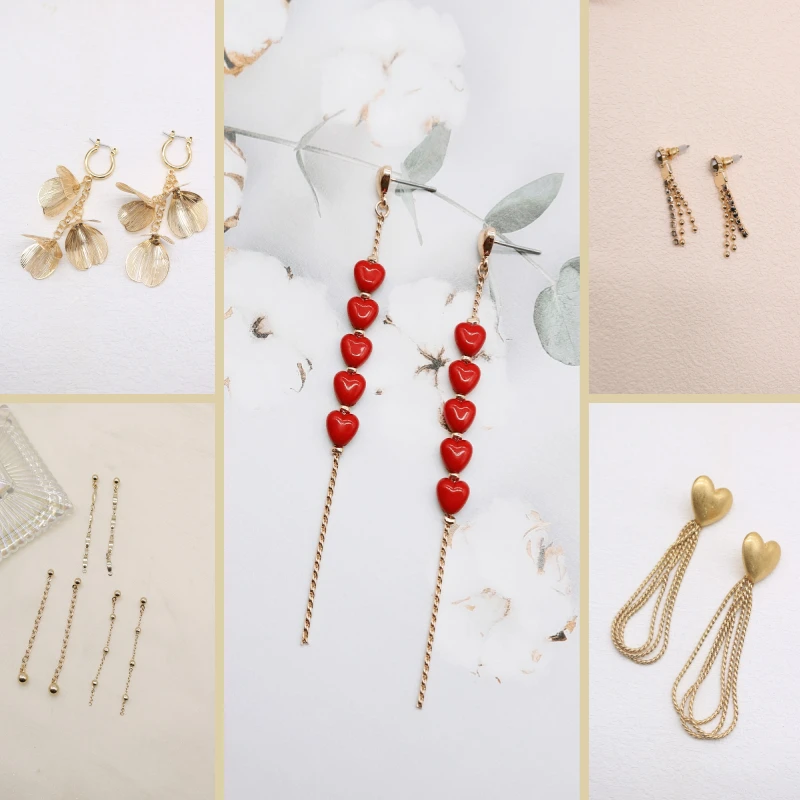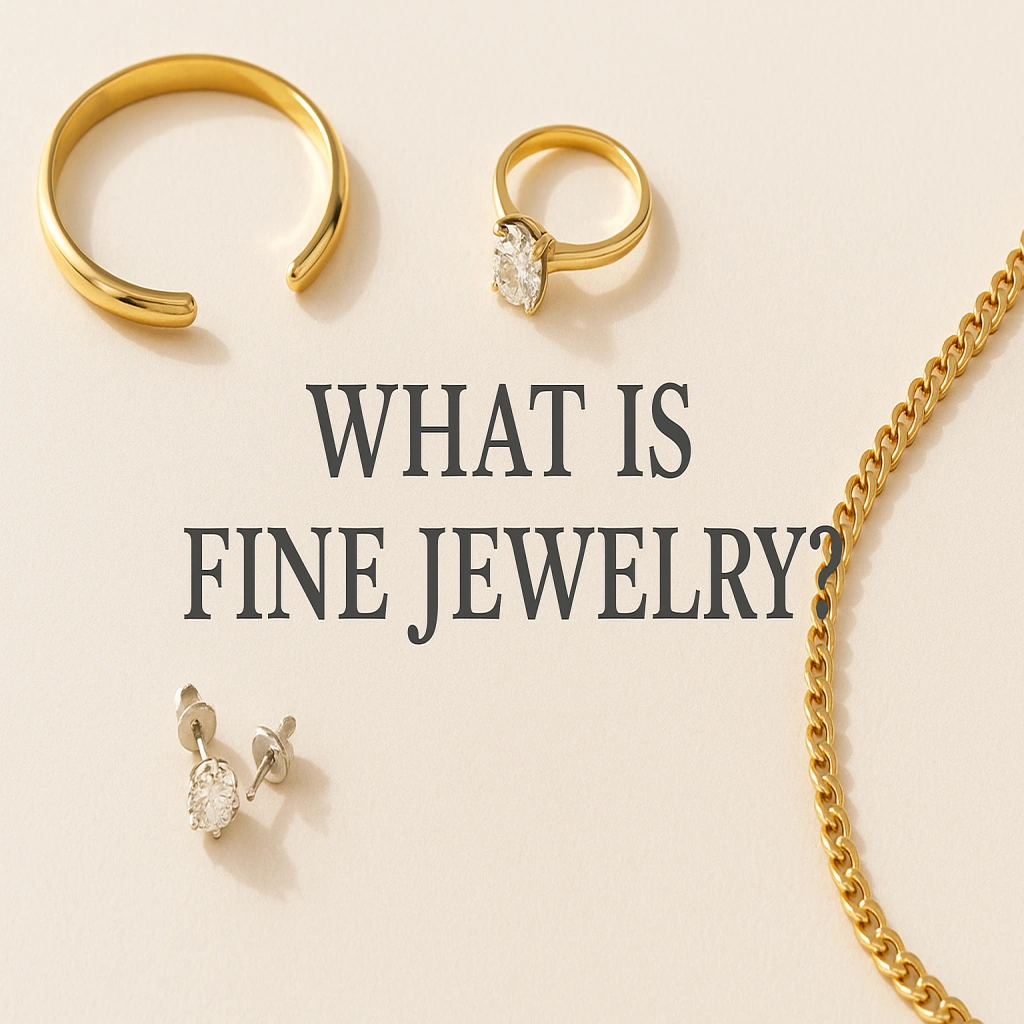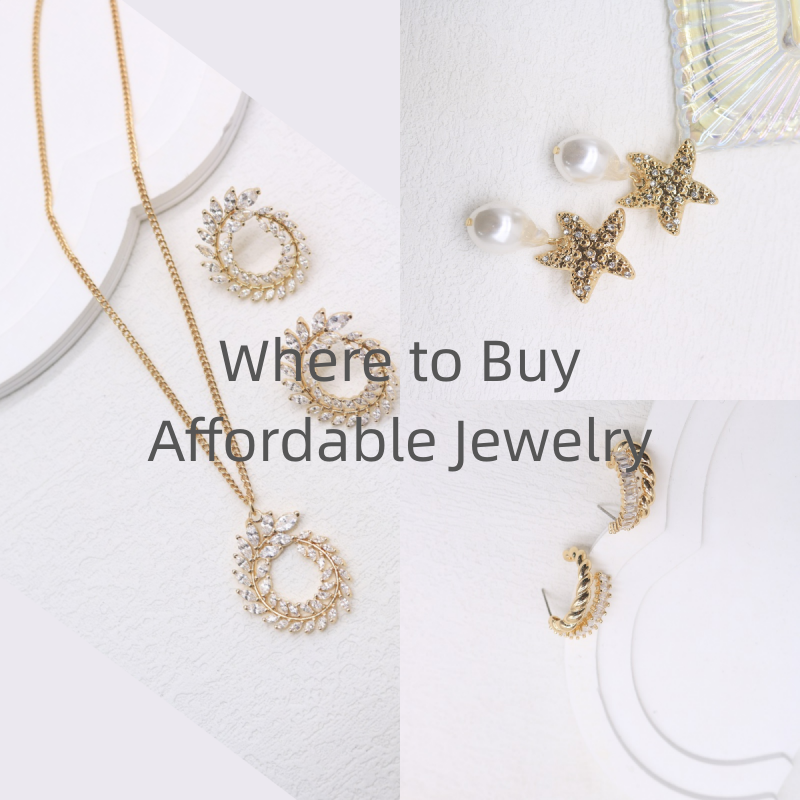Introduction
Jewelry has been a universal form of self-expression, wealth display, and cultural identity for centuries. Today, the market divides largely into costume jewelry—affordable, trend-driven designs—and fine jewelry, which emphasizes precious materials, craftsmanship, and long-term value. While both segments thrive, they serve different consumer needs and retail strategies.
With global jewelry demand steadily rising, businesses must understand the nuances between costume jewelry vs fine jewelry to position themselves successfully. This article explores market research, consumer trends, materials, and regional growth, while also showcasing how Qingdao OKA Arts and Crafts Co., Ltd. (OKA Accessories) helps brands capitalize on costume jewelry’s dynamic growth with customized manufacturing solutions.
Historical Background: From Royal Treasures to Fashion Statements
Fine Jewelry Origins: Historically, fine jewelry symbolized wealth, power, and family legacy. Ancient civilizations from Egypt to India prized gold, silver, and precious gemstones, creating heirlooms passed through generations.
Costume Jewelry Emergence: The concept of affordable jewelry rose in the early 20th century with the rise of Hollywood and mass production. Coco Chanel popularized costume jewelry in the 1920s, positioning it as fashionable yet accessible.
Today’s contrast: Fine jewelry retains prestige and investment value, while costume jewelry embraces fashion cycles, making style accessible to millions.
Market Size & Growth Comparison
The global jewelry industry is booming, but growth patterns differ between segments.
Table 1: Global Jewelry Market Size and Growth (2023–2030)
| Segment | 2023–24 Market Value | Forecast CAGR (2024–30) | Key Notes |
|---|---|---|---|
| Fine Jewelry | ~$353 billion | ~4.7% | Dominant in value; slower growth |
| Costume Jewelry | ~$30–45 billion | ~6–7.5% | Smaller base; faster expansion |
| Overall Jewelry | ~$367 billion | ~5.3% | Driven by both segments |
| Watches (comparison) | ~$34 billion | ~3–4% | Niche luxury and tech wearables |
Interpretation: Fine jewelry commands over 70% of market value, but costume jewelry’s CAGR outpaces it, signaling increasing consumer demand for affordability, variety, and trend-forward designs.
Material and Production Differences
Table 2: Costume Jewelry vs Fine Jewelry – Materials & Processes
| Feature | Fine Jewelry | Costume Jewelry |
|---|---|---|
| Metals | Gold, platinum, sterling silver | Brass, copper, stainless steel, alloys |
| Gemstones | Diamonds, rubies, emeralds, sapphires | Glass, crystals, cubic zirconia, resins |
| Craftsmanship | Handcrafted, artisanal | Combination of CAD design & mass production |
| Durability | High; long-lasting heirlooms | Moderate; designed for trend cycles |
This fundamental distinction influences both target audience and sales cycle. Fine jewelry appeals to milestone purchases, while costume jewelry suits everyday fashion.
Consumer Demographics and Behavior
Consumer preferences diverge sharply across age and income brackets.
Table 3: Consumer Behavior by Jewelry Segment
| Factor | Fine Jewelry Consumers | Costume Jewelry Consumers |
|---|---|---|
| Age | 30+ years; milestone buyers | 18–35 years; trend-driven youth |
| Income Level | Middle to high-income | Middle-income and budget-conscious buyers |
| Purchase Reason | Investment, gifts, heirlooms | Fashion, self-expression, affordability |
| Purchase Cycle | Infrequent; life events (weddings, anniversaries) | Frequent; seasonal, trend-based |
| Shopping Channel | Boutiques, luxury retailers, online luxury | Fast fashion retailers, e-commerce, pop-ups |
Insight: Younger consumers favor versatility, leading to strong costume jewelry growth, especially in e-commerce and social media-driven sales.
Regional Market Insights
Different regions show distinct growth trends.
Asia-Pacific
Holds ~45% global jewelry consumption, led by China and India.
Demand for both fine and costume jewelry is strong—fine jewelry for weddings, costume for everyday wear.
North America
U.S. jewelry market valued at $78 billion in 2025, averaging $240 per person annually (vs. $45 global average).
Online sales dominate, with 83% of fine jewelry sales occurring online in 2023.
Europe
Fashion-forward, sustainability-focused consumers drive costume jewelry adoption.
Brands like Pull&Bear and Urban Outfitters, partnered with OKA Accessories, are key players in fast-fashion accessories.
Advantages of Working with a Custom Manufacturer like OKA Accessories
Here’s how Qingdao OKA Arts and Crafts Co., Ltd (OKA Accessories) meets market needs and stands out:
a) Strong Industry Experience & Design Expertise
Founded in 2013, OKA has over 15 years of industry experience, including serving Korean factories and British suppliers.
With a London design center bringing 12 years of fashion-retailer experience, and a Qingdao team that taps into local raw materials and trends, OKA combines CAD with manual artistry for trend-aligned creations.
b) High Production Capacity & Fast, Reliable Delivery
Capable of 1,000+ samples per month and up to 5–7 million pieces annually.
Delivery time is 5–6 weeks post sample confirmation, with an impressive 97% on-time delivery rate.
c) Quality & Compliance Standards
Operates an in-house mold workshop and casting capabilities.
Implements 100% full quality inspection, and lab test pass rate of 98% (aligned with EU and U.S. standards).
d) Customization Tailored to Fast Fashion & Retail Trends
MOQ: 200 pieces—ideal for fast fashion or limited-run collections.
Wide variety of styles, finishes, and plating available, with close designer-client collaboration.
e) Brand & Market Reach
Serving 50+ countries, OKA’s partner clients include Pull&Bear, Tally Weijl, and Urban Outfitters—high-caliber fast fashion retailers.
Key Growth Drivers
For Costume Jewelry:
Affordability: Perfect for frequent style changes.
Social Media Influence: TikTok and Instagram drive micro-trends.
E-commerce Expansion: Online retailers make global reach easier.
Sustainability: Recycled materials and ethical practices gain traction.
For Fine Jewelry:
Investment Appeal: Gold and diamonds retain value.
Cultural Importance: Weddings, anniversaries, and milestones.
Luxury Branding: Heritage brands maintain aspirational appeal.
Practical Implications for Brands & Retailers
For fast fashion brands, costume jewelry with quick turnaround and trend alignment—like that offered by OKA—is ideal for responsive supply chains.
Retailers expanding global collections gain from OKA's international experience and high-quality standards.
Brands seeking to test launches can start with 200-piece runs for market testing before scaling.
Comparative Summary
Table 4: Costume Jewelry vs Fine Jewelry – Business Perspective
| Factor | Fine Jewelry | Costume Jewelry |
|---|---|---|
| Market Value | Larger (~$350B) | Smaller (~$40B) but growing faster |
| Growth Rate | 4.7–5.3% CAGR | 6–7.5% CAGR |
| Target Market | High-income, milestone buyers | Younger, fashion-driven consumers |
| Customization | Limited, costly | High flexibility, low MOQ |
| Retail Partners | Luxury boutiques, jewelers | Fast fashion, online retailers |
| Role of Manufacturer | Heritage craftsmanship | Agility, design speed, production scale |
Conclusion
The global jewelry market reflects a balance between tradition and trend. Fine jewelry remains dominant in value and cultural significance, serving as a timeless investment. Yet costume jewelry is growing faster, powered by affordability, fashion cycles, and customization.
For brands, the choice is not about picking one over the other but aligning product lines with consumer demand. As fashion cycles shorten and consumer expectations rise, the importance of agile, reliable manufacturing becomes clear.
This is where Qingdao OKA Accessories stands out: with world-class design, scalable production, and stringent quality standards, OKA empowers retailers to thrive in the competitive landscape of costume jewelry vs fine jewelry.
If you need wholesale costume jewelry, please contact OKA Accessories.
